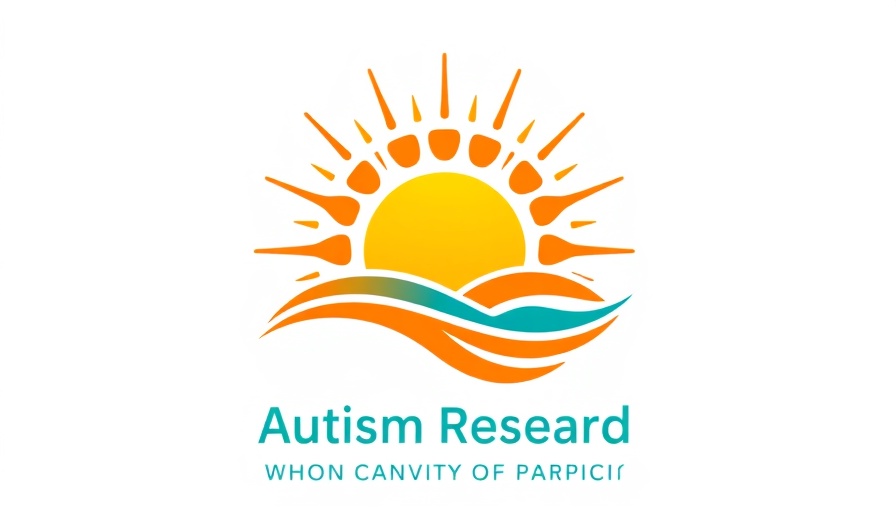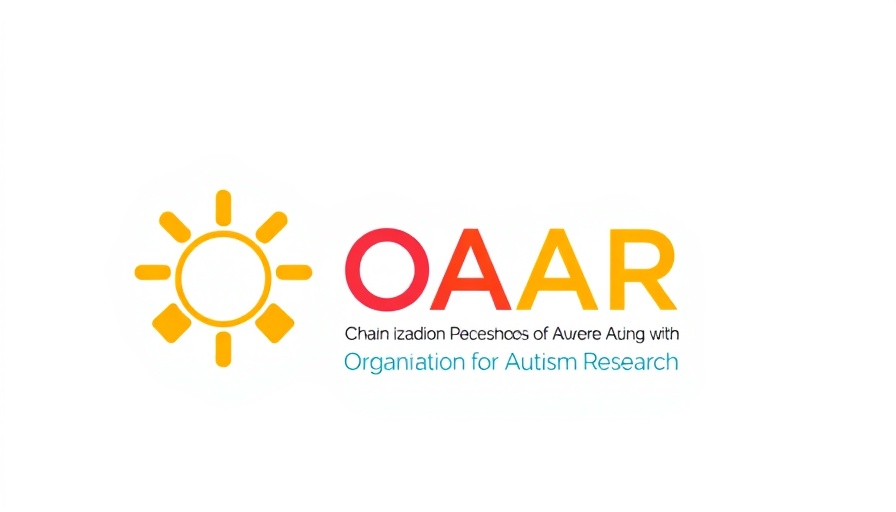
Why Early Diagnosis Matters for Developmental Disabilities
The recent guidelines from the American Academy of Pediatrics underscore the importance of early evaluation for children suspected of having developmental delays or intellectual disabilities. Diagnosis during formative years not only sets the stage for timely interventions but also brings a multitude of benefits, including tailored treatment plans, informed family planning, and effective resource allocation. Given that genetic disorders account for a significant range of developmental issues, addressing these problems as soon as they manifest can lead to optimal outcomes for affected children and their families.
New Guidelines: Key Components of Evaluation
According to the new guidelines, pediatricians are urged to incorporate a comprehensive approach when assessing developmental delays in children. This begins with a full medical, developmental, and family history, topped off with essential clinical examinations such as vision and hearing checks, and in some cases, brain imaging. This thorough evaluation is a crucial first step to identifying deeper neurological or genetic concerns.
Genetic Testing: A Necessity, Not an Afterthought
One of the most significant shifts reflected in the new report is the elevation of genetic testing from a last-resort option to a crucial part of the diagnostic process. This transformative change is echoed in Joan Stoler, MD’s insights, emphasizing that this technology can provide clarity that directly influences the treatment and support prescribed to children and their families. The tiered approach to genetic testing includes genome sequencing and specialized tests to streamline diagnostics, effectively reducing unnecessary costs and accelerating the journey toward a definitive diagnosis.
The Benefits of Early Detection and Treatment
With timely identification of developmental disabilities comes the opportunity for early intervention. Families can access specialized therapies that can make a significant difference in a child's development. These therapies not only cater to specific diagnostic needs but also equip families with critical tools and resources to support their child’s journey. Research has shown that early support can drastically change a child's developmental trajectory, enabling them to thrive in academic and social contexts.
Future Trends in Diagnosing Developmental Disabilities
As we look toward the future, it is anticipated that advancements in genetic science will continue to inform and refine diagnosis protocols. The increasing understanding of the genetic bases of these disabilities will likely lead to more effective treatments and improved long-term outcomes for affected children. Moreover, as genetic screening becomes more integrated into standard pediatric care, there will be a greater emphasis on training healthcare professionals not only on the technical aspects of testing but also on the empathetic communication of results to families.
Challenges Ahead: Addressing Access and Equity
Despite the clear benefits of early diagnosis and intervention, significant challenges remain in ensuring equitable access to these resources. Disparities in healthcare, socioeconomic factors, and varying levels of awareness about developmental disabilities can obstruct timely evaluations. It will be vital for healthcare policies to address these gaps, ensuring that all families, regardless of their background, have access to essential diagnostic and therapeutic interventions.
The Role of Pediatricians in Navigating Developmental Concerns
Pediatricians serve as the frontline defenders in the struggle against developmental delays. They bear the responsibility not only to recognize early signs but also to advocate for the children under their care. This includes facilitating connections to specialists, guiding families through the agricultural landscape of resources, and being a source of credible, compassionate support.
In conclusion, the new guidelines for diagnosing developmental disabilities herald a more proactive and effective approach in pediatric healthcare. Awareness among parents and caregivers, coupled with the commitment of healthcare providers to implement these recommendations, can lead to a brighter future for children facing developmental challenges.
 Add Row
Add Row 

 Add
Add 


Write A Comment